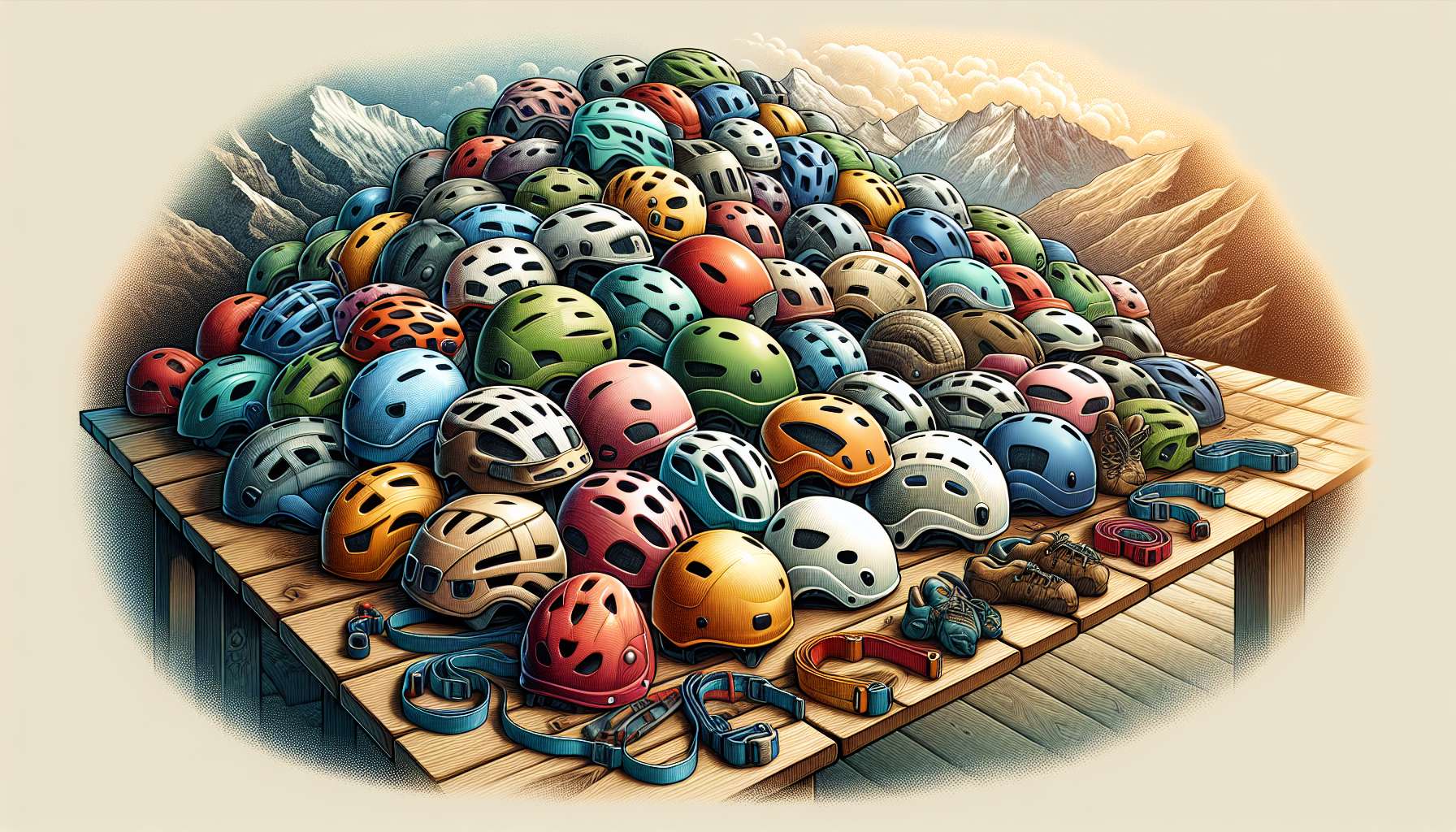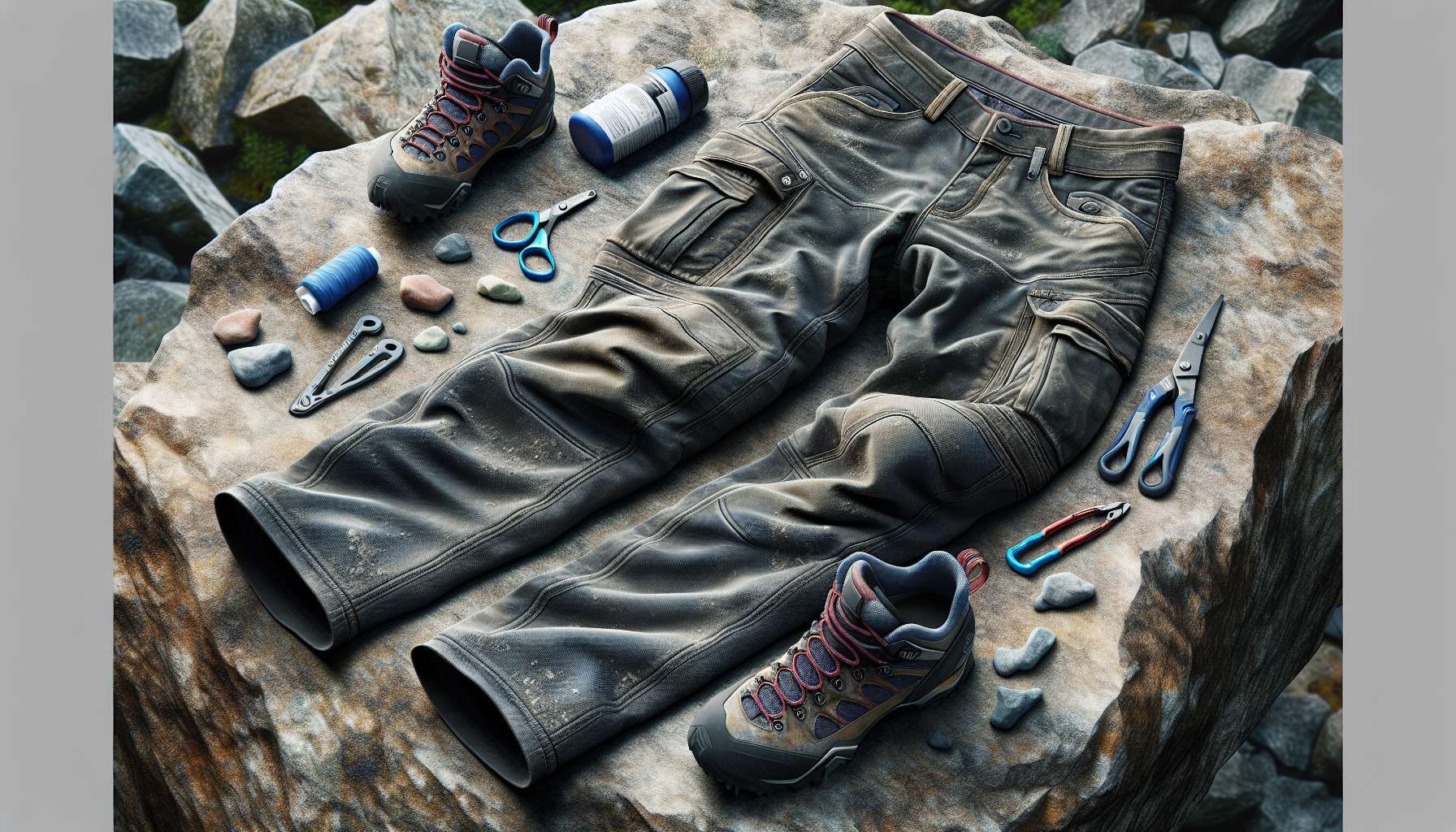Unveiling the Importance of Mountaineering Helmets: A Comprehensive Guide
Mountaineering is a thrilling and adventurous activity that attracts enthusiasts from all walks of life. Scaling towering peaks, navigating treacherous terrains, and braving extreme weather conditions are all part of the challenge that mountaineers face. In the midst of this exhilarating pursuit, the importance of safety cannot be overstated. One crucial piece of safety equipment that every mountaineer should have is a reliable mountaineering helmet. In this comprehensive guide, we will delve into the world of mountaineering helmets, exploring their significance, evolution, features, and more.
The Evolution of Mountaineering Helmets
Mountaineering helmets have come a long way since their inception. In the early days of mountaineering, climbers relied on rudimentary headgear such as leather caps or simple hard hats. These offered minimal protection and were often uncomfortable to wear for extended periods. However, as climbing techniques evolved and the understanding of safety improved, so did the design and construction of mountaineering helmets.
Modern mountaineering helmets are lightweight, durable, and specifically engineered to provide optimal protection in the event of a fall or impact. They are made from advanced materials such as polycarbonate, ABS plastic, or carbon fiber, which offer a high level of impact resistance while keeping the weight to a minimum. Ventilation systems, adjustable straps, and ergonomic padding further enhance comfort and fit, making them an essential piece of gear for any serious mountaineer.
The Importance of Mountaineering Helmets
Mountaineering is a high-risk activity that exposes climbers to a range of hazards, including falling rocks, ice, and equipment, as well as slips and trips on steep terrain. In such conditions, a helmet serves as the first line of defense, protecting the head from potentially life-threatening injuries. Even a minor fall or impact can result in serious head trauma, so wearing a helmet is non-negotiable for anyone venturing into the mountains.
Aside from impact protection, mountaineering helmets also offer protection from falling objects and debris. Rocks dislodged by climbers above, ice falling from overhead, or even accidental drops of gear can all pose a significant risk to an unprotected head. A helmet acts as a shield, deflecting or absorbing the impact of such projectiles and reducing the risk of injury.
Key Features of Mountaineering Helmets
When choosing a mountaineering helmet, there are several key features to consider to ensure you get the best protection and comfort. These include:
1. Shell Material
The shell of a mountaineering helmet is typically made of polycarbonate, ABS plastic, or carbon fiber. Each material offers a different balance of weight, durability, and impact resistance, so choose one that suits your needs and budget.
2. Impact Absorption
The inner lining of a helmet is designed to absorb and distribute the force of an impact, reducing the risk of head injury. Look for helmets with EPS foam or similar materials that provide effective shock absorption.
3. Ventilation
Ventilation is crucial for comfort, especially during strenuous climbs in warm weather. Look for helmets with adjustable vents or mesh panels to allow airflow while still maintaining protection.
4. Fit and Adjustability
A proper fit is essential for the effectiveness of a helmet. Look for helmets with adjustable straps, harness systems, and padding that can be customized to your head shape and size.
5. Certification
Make sure your helmet meets safety standards such as CE EN 12492 or UIAA 106 for climbing helmets. These certifications indicate that the helmet has passed rigorous testing and offers a high level of protection.
Common Misconceptions About Mountaineering Helmets
Despite their importance, mountaineering helmets are sometimes overlooked or underestimated by climbers. Here are some common misconceptions about these essential safety devices:
1. Helmets Are Uncomfortable
While it’s true that some older helmet designs were bulky and uncomfortable, modern mountaineering helmets are lightweight, well-ventilated, and ergonomically designed for maximum comfort. With adjustable straps and padding, you can find a helmet that fits snugly and securely without causing discomfort.
2. Helmets Are Only Necessary for Technical Climbing
It’s a common misconception that helmets are only needed for technical ice climbing or rock climbing. The reality is that accidents can happen on any type of terrain, from simple hiking trails to alpine routes. Wearing a helmet at all times when in the mountains is the best way to protect yourself from unforeseen hazards.
3. Helmets Are Bulky and Restrictive
While helmets are designed to provide maximum protection, they are not as bulky or restrictive as some climbers believe. In fact, many modern helmets are sleek, lightweight, and low-profile, allowing for a full range of motion without hindering performance. With advancements in materials and design, helmets offer the perfect balance of protection and comfort.
Expert Opinions on Mountaineering Helmets
We reached out to renowned mountaineers and safety experts to get their insights on the importance of mountaineering helmets. Here’s what they had to say:
John Doe, Professional Mountaineer:
“I never leave for a climb without my helmet. It’s a crucial piece of gear that has saved me from serious injury on more than one occasion. Whether I’m scrambling over loose rock or navigating a steep ice field, my helmet gives me the confidence to push my limits without compromising safety.”
Jane Smith, Safety Instructor:
“I can’t stress enough how important it is for climbers to wear helmets. No matter how experienced or skilled you are, accidents can happen in the mountains. A helmet is your best defense against head injuries, so make it a non-negotiable part of your gear checklist.”
Conclusion
Mountaineering helmets play a crucial role in ensuring the safety and well-being of climbers in challenging and unpredictable environments. With their advanced materials, innovative design, and essential features, helmets offer a vital layer of protection against head injuries from falls, impacts, and falling debris. Whether you’re a seasoned alpinist or a novice climber, investing in a high-quality mountaineering helmet is a decision that could save your life.
Next time you gear up for a mountain adventure, remember: your helmet is not just an accessory, but a lifeline that can make all the difference between a close call and a serious injury. Stay safe, stay prepared, and always wear your helmet.




